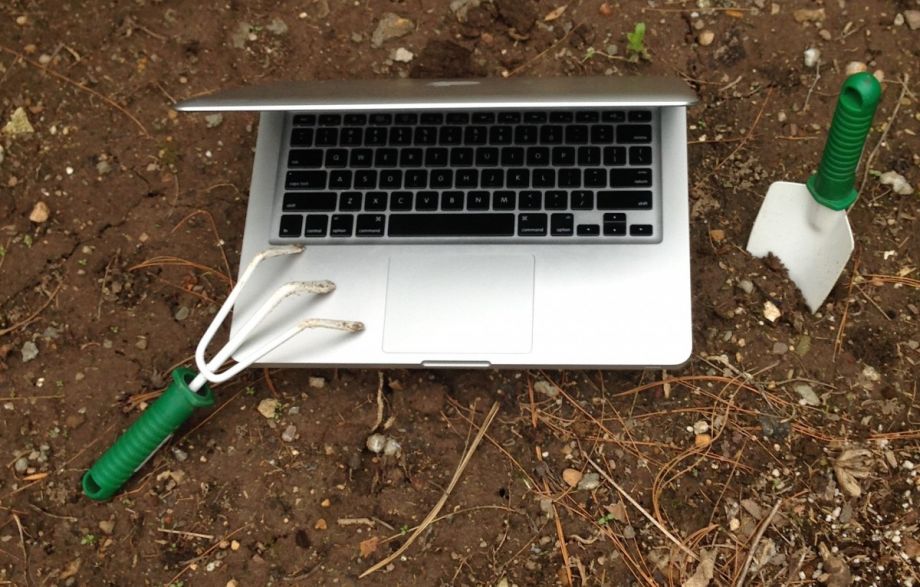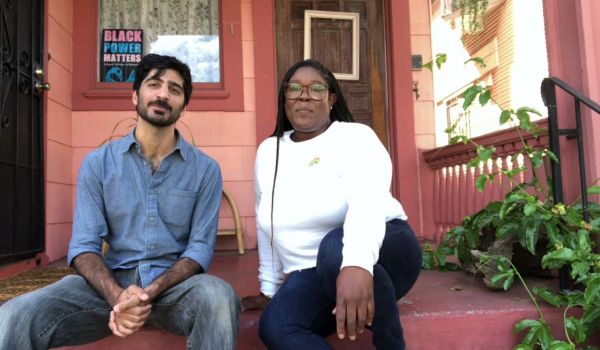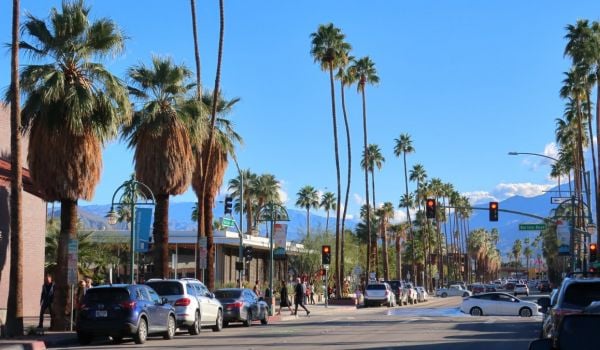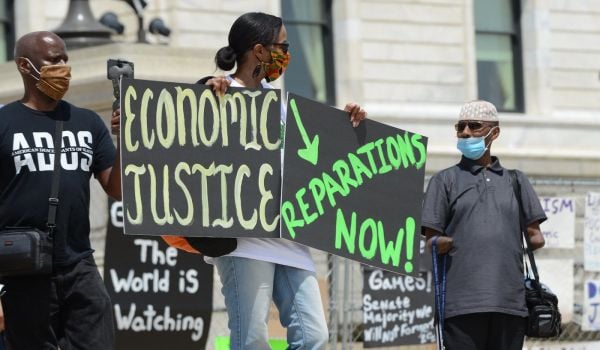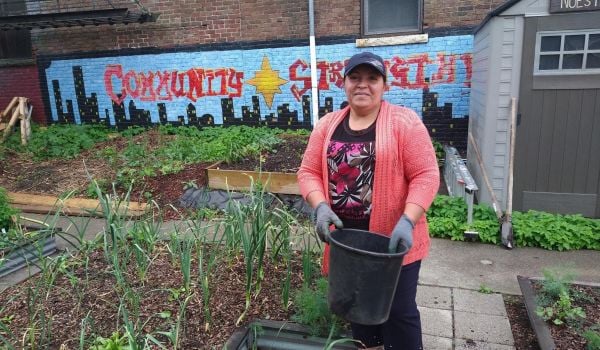San Jose and Santa Clara County were once part of the “Valley of Heart’s Delight,” a verdant paradise filled with orchards and flowers.
That all changed as San Jose began to grow (its population increased from under 100,000 in 1950 to over 400,000 in 1970). Not to mention a couple of guys named Bill Hewlett and Dave Packard whose little company started in a garage in Palo Alto. Santa Clara County was never the same.
It’s not surprising then that Santa Clara County may be the first county in California to take advantage of a new statewide law allowing counties and cities to encourage urban agriculture through tax incentives to landowners. Two county supervisors, Ken Yeager and Mike Wasserman, passed the proposal on for study in February, but the measure is expected to be a shoo-in, Yeager says.
“This is a great idea, and it doesn’t really cost you [the county] much. You lose a little bit of property [tax] revenue, but not anything significant.”
The statewide bill, AB 551, allows counties and cities to provide tax breaks for landowners who use vacant lots from .1 acre to three acres in size for agriculture. The end user could be a hobbyist farmer, a for-profit farm, or a nonprofit working to get fruits and vegetables into the hands of low-income community members.
Many of those parcels are vacant simply because a developer has purchased them and is waiting for market conditions or city approval to build whatever is planned for that site. Why not turn them over to farmers in the meantime?
It seems perhaps counterintuitive that a region known mostly for its digital products — Google, Facebook — would spawn a generation that wants to work with its hands, but that’s what’s happened. “My sense is,” Yeager says, “it just brings a lot of personal satisfaction to young people who really want to make this kind of investment in their community.”
It could also be a boon for the county’s low-income residents. While San Jose has one of the highest median incomes in the U.S. for any large city, there are still thousands of families living in food deserts and/or under the poverty line. “We really have to do better in those areas,” Yeager says.
Santa Clara County’s ordinance would affect only the unincorporated lands in the county, but Yeager notes that cities within the county would then be free to pass their own version of the ordinance, and city council members from the county’s 15 cities have already expressed interest.
One person who’s very into the idea is Zach Lewis, executive director of a nonprofit called Garden to Table. Garden to Table, which runs a one-acre farm in downtown San Jose and a number of other projects related to urban food systems, studied what would happen if San Jose — which is now the 10th-largest city in the U.S. — implemented AB 551. The upshot: The city and a few surrounding unincorporated areas have 370 acres of vacant land that could be turned into farms.
“Prior to [this ordinance], there was really no incentive for the developer to give that land up,” even for a temporary period of a few years. “Unless they’re a nice person,” Lewis says. And with the real estate market in Silicon Valley the way it is (“Good lord,” is the way Lewis put it), a little financial incentive can’t hurt. “If we know [a developer] isn’t going to build for five years, why not turn it over to an urban ag organization to do something in the meantime?”
Lewis says one challenge urban farmers will have to overcome is the potential of backlash once a developer really does decide to build — even if that means ripping up the greenhouses and raised beds that neighbors have come to take for granted. “We want to be pretty transparent,” he says. “These are temporary projects, but they can do a lot of good in the short term.”
He should know. While writing his master’s thesis on urban agriculture on vacant lots, he snagged an interview with Barry Swenson, one of the largest real estate owners in the Valley. “He’s like, ‘I’m not doing anything with that land for the next 10 years. You can have it.’ And that’s literally why my nonprofit exists.”
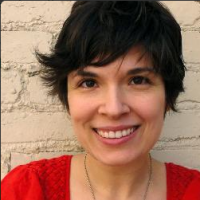
Rachel Kaufman is Next City's senior editor, responsible for our daily journalism. She was a longtime Next City freelance writer and editor before coming on staff full-time. She has covered transportation, sustainability, science and tech. Her writing has appeared in Inc., National Geographic News, Scientific American and other outlets.
Follow Rachel .(JavaScript must be enabled to view this email address)

